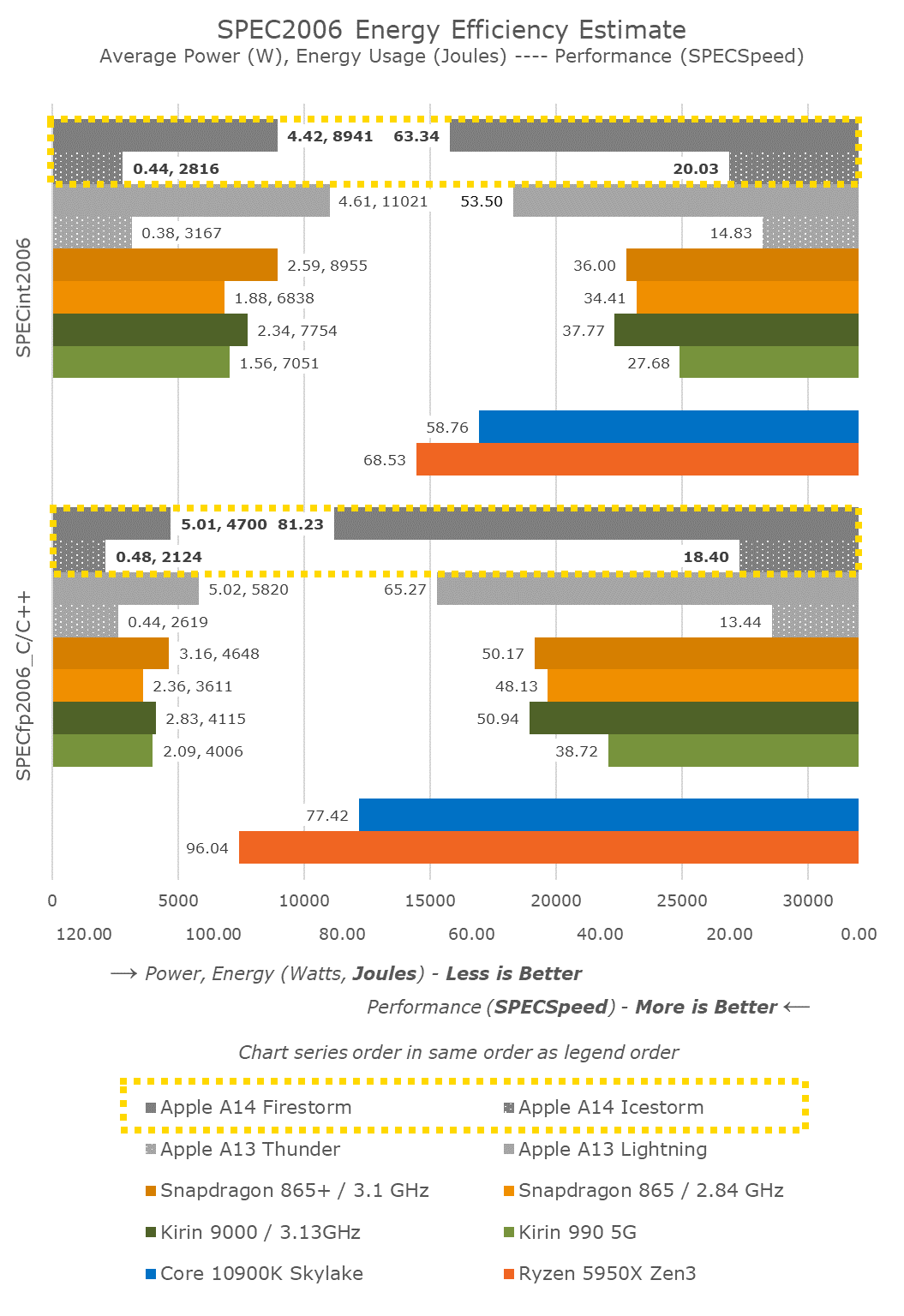The base model shipped with an RX 580. Which was 2 generations back at launch. The top end shipped with a Vega - which was 1 generation back.
There are two generations of Vega. The Vega 56 & 64 version, which was made on a 14 nm process node, and the 7 nm vega20 GPU (following AMD's convention of a name + 2-digit sequence number). The Radeon Pro Vega II is what I saw advertised in the launch announcements of the 2019 Mac Pro, but if you're telling me that you know for a fact that it actually shipped with the
original Vega and only offered the Vega II after that, I'll take your word for it.
Whether or not it actually
launched with the Vega II version, or that was offered shortly after - my main point was that the way you described it made it sound as if the machine
only ever shipped with a RX 580. The evidence appears to run contrary to that.
They shipped with an obsolete CPU (14nm+++++++) on a dead Intel socket - PCIe 3.0 I/O, obsolete video cards with proprietary power connectors.
So, leaving aside the issue of the GPU, let's talk about the CPU socket and PCIe.
It's a fact that they used a dead-end socket. Intel changes their sockets every 2 generations, and Apple launched the Pro on the second generation of CPUs for that socket. The obvious consequence being that no new CPUs would be offered for it. Perhaps they expected to do a refresh with Sapphire Rapids, by now, but got sabotaged by Intel's trainwreck of trying to bring that product to market.
PCIe 4.0 was barely a thing, back then, but they clearly should've been more forward-thinking. Again, maybe they figured they'd do a refresh in 2 years, when PCIe 4.0 peripherals were actually available. The only other option would've been to use a ThreadRipper 3000-series, which seems like it would've been a better choice, all around.
It's entirely possible that, when
started designing that machine, they believed Intel would have Ice Lake ready in time. Ice Lake has PCIe 4.0 and I
think was originally targeted to launch instead of Cascade Lake.
Oh, and proprietary connectors - how else do you expect Apple to trap users in their Walled Garden? IMO, that's just Apple's M.O. It's not
good, but it's not new or different from anything they've done before. I think most non-Mac people tend to look at it and figure the Mac-heads must've long ago learned to accept such things.
It was a $1,200USD system in a $4,800 case. And then they added non-locking wheels for $400. They were trolling the remaining user base at that point.
Yeah, many a non-Mac user had a good laugh about that. The case seems
amazing, but I'd never
think of paying so much for what makes it good. Not to mention that it locks you into buying their peripherals.
I could hardly believe how Apple was fleecing its users, but I figured you've got to pay to play with Apple, and probably most people know that by now.
It was another trashcan Mac Pro - it was only good for two things - Logic & Final Cut.
Yes, I saw when it launched. I found it very intriguing. I'd never read about any real-world usage experiences with it, so it's a bit fascinating for me to hear. I definitely sympathize with your troubles.
To this day, I don't really understand why Macs have such loyalty. To me, it seems to have the dynamic of an abusive relationship.


